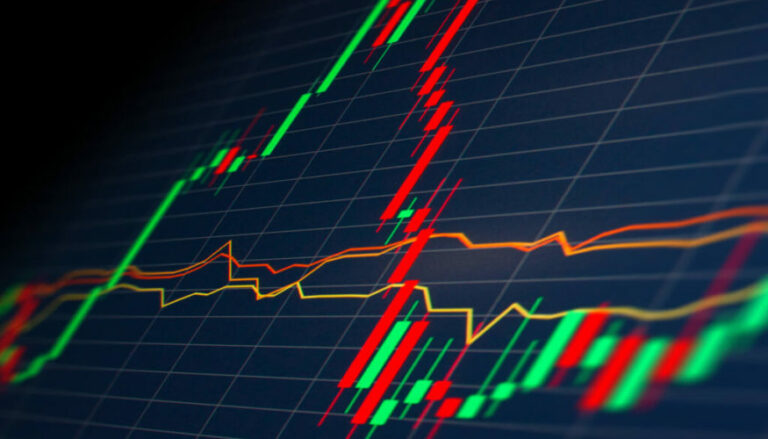The consumer price index (CPI), which measures costs spanning over a variety of products and services, rose 0.6% in the month of August, and is currently 3.7% higher than it was at the same time last year, as reported by the U.S. Department of Labor. Economists that were surveyed by Dow Jones were said to be looking for increases of 0.6% and 3.6%, respectively.
When you exclude volatile food and energy, however,the core CPI increased 0.3% and 4.3%, going against the estimates of 0.2% and 4.3%. The core CPI is more important to federal officials, as it provides more reliable data as to where inflation is trending in the long run.
Two of the biggest increases came from energy, which rose 5.6%, and gasoline, which rose 10.6%. Gasoline’s massive increase accounted for over half of the monthly increase.Other sections of energy also saw an increase, including electricity, which jumped 0.2% after decreasing 0.7% in July.
Grocery prices only rose 0.3%, largely due to a decrease in cereal, which fell 1.1%, bread which decreased by 0.8% and eggs, which dropped another 2.5%, bringing them down 18.2% from last year. Proteins, however, have shown increases, including bacon, which rose 4%, chicken, which jumped 1.3% and fish and seafood, which climbed 0.9%.
Rent, which has played a crucial role in the increase of inflation this year, rose another 0.5%. However, economists expect these increases to fizz out based on new leases. Other services have also shown increases over the past month, including airfare, which rose 4.9%, hospital services, which rose 0.7% and car repairs, which rose 1.1%.
With all these increases, there were some bright spots, in the form of a 1.2% decrease in both used car prices and furniture, as well as a 3% drop in hotel rates.












